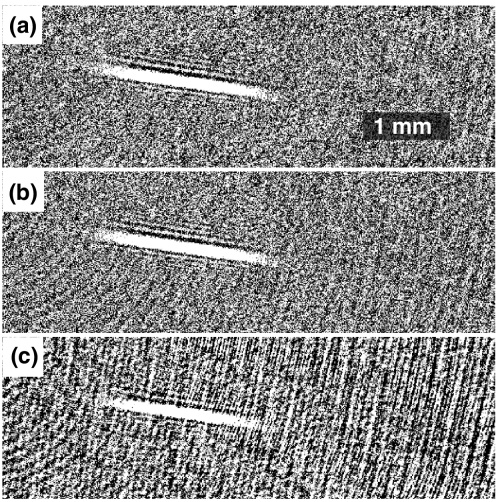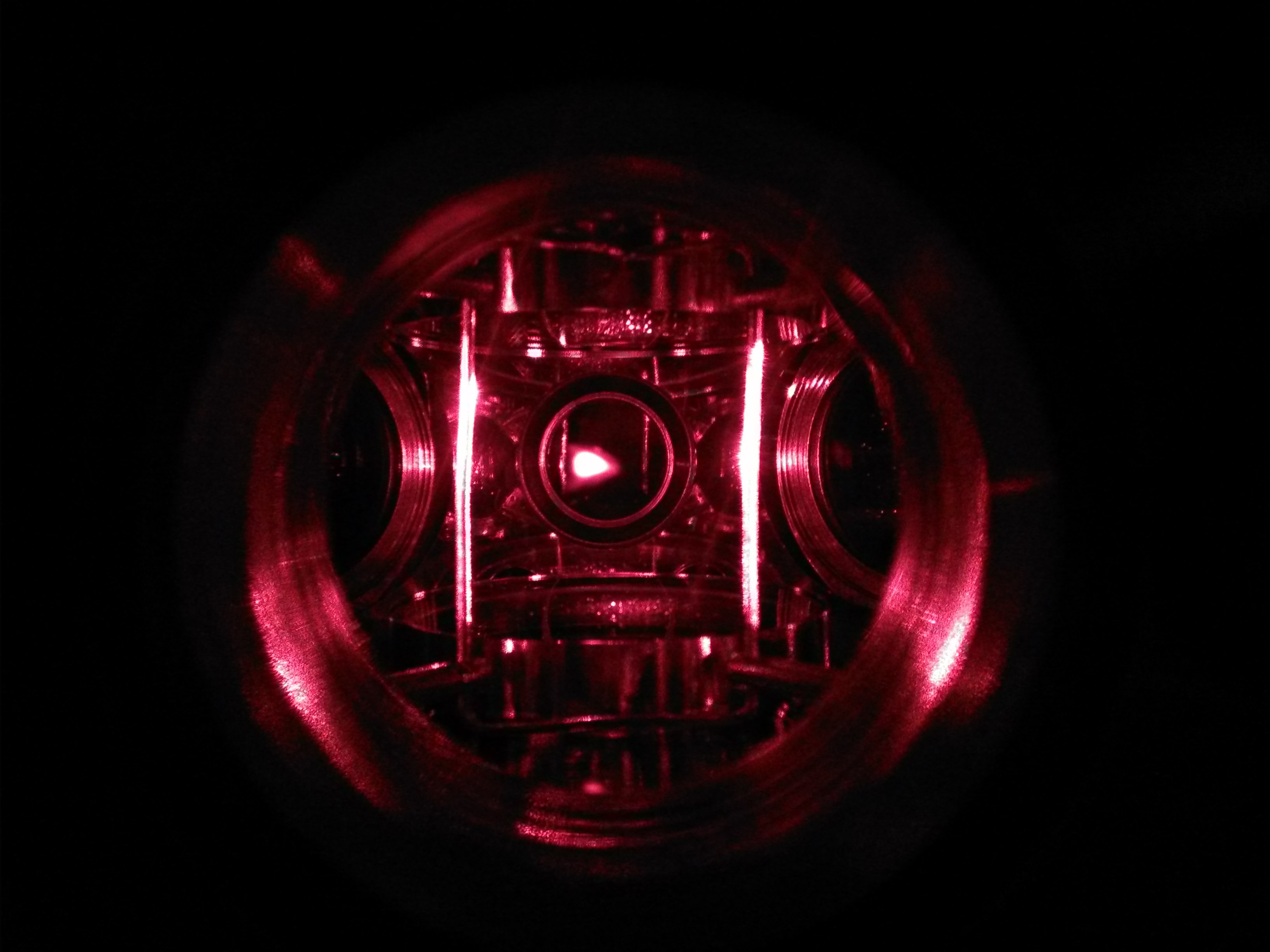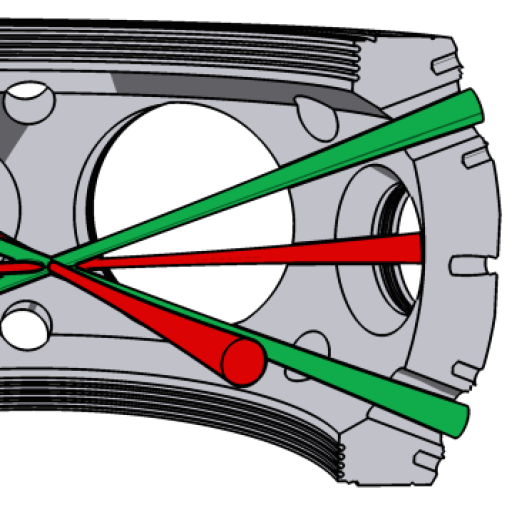Category: News
-
New thulium spectroscopy results out in PRB
We have new results on spectroscopy of thulium atoms implanted in solid argon and neon. This atom has it’s outer electronic shells “closed” – the active electrons are in the “submerged” 4f shell. This leads to unusually narrow optical spectra on the magnetic dipole transition at 1140 nm: we see lines as narrow as 500…
-
Shaking lattice results out in PRA
We have a new publication from our shaking lattice experiment, published in Physical Review A. In this work we put a molecular BEC of lithium atom pairs into a shaking optical lattice. The shaking lattice gives the atoms and effective negative mass, and the creates an instability. Surprisingly, we find that this instability results in…
-
Postdoc Position Available
Our lab is pleased to announce a postdoc position is now open! The position requires experience in AMO or condensed matter physics, and will work on merging our cesium and lithium systems to build a new quantum simulator. Please see the following link for information on how to apply. You are also welcome to contact…
-
Spin Susceptibility Results out in PRL
In a new paper published in Physical Review Letters, we have developed and deployed a novel method to determine the spin susceptibility of ultracold Fermi gases. These gases are created by cooling lithium atoms to less than 1 millionth of a degree Kelvin – a temperature low enough that the dilute gas of atoms takes…
-
Prof. Parker wins NSF CAREER Award
We are thrilled to announce that the lab has been awarded the prestigious NSF CAREER Award for work to develop shaken optical lattices with ultracold lithium atoms. Read the press release here: https://cos.gatech.edu/news/colin-parkers-quantum-simulator-receives-nsf-career-award
-

New Paper in JOSA B
We have a new paper out in the Journal of the Optical Society of America B, about how we process our images to remove interference fringes. Extending the traditional principle component analysis (PCA) method by using a Fourier-filtering method, we achieve better fringe reduction compared to simple PCA. Read about it here: https://doi.org/10.1364/JOSAB.391297.
-
We’re out in Physical Review A!
Here is our new lab’s first publication, out today in Physical Review A: 10.1103/PhysRevA.98.043626 Shown above is a 1D-cut of the density profile (false color image in the inset) of our cold lithium molecules after time-of-flight expansion. The gray fraction shows the thermal expectation, the red line coming above that value indicates the presence of…
-

Our lab is now making molecular Bose-Einstein condensates (mBEC)!
Congratulations to Dr. Yun Long and the lithium team as they are now evaporating ultracold lithium-6 atoms into molecular Bose-Einstein condensates. This unique cold-atom phase starts with our magneto-optical trap (MOT) after which we do gray molasses cooling on the lithium-D1 line. Then, the atoms are loaded into a high power laser beam (similar to…
-
Prof. Parker Awarded AFOSR YIP Grant
Our group has been awarded the prestigious Young Investigator Program grant from the Air Force Office of Scientific Research. The $450,000 award will be used over three years to investigate the Kondo effect in ultracold gases. Read the press release here (link).
-

Parker Lab makes our first MOT!
The Parker Lab has now made our first lithium Magneto-Optical Trap. Using six-beams of laser light, we cool lithium-6 atoms to near 1 mK (1/1000 of a degree from absolute zero!). This exciting development is the first step toward realizing our quantum simulations! Congratulations to the team!
